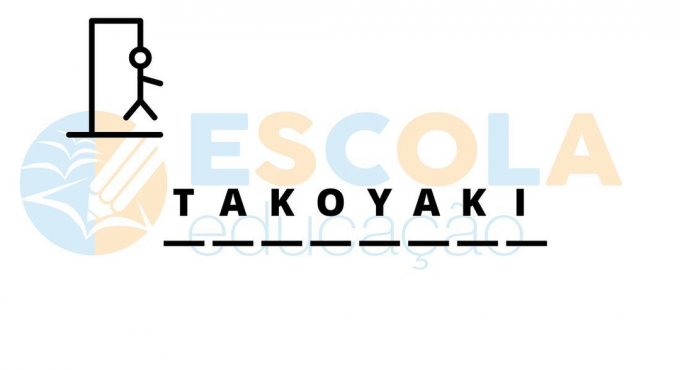amoebas are protozoa whose locomotion takes place via cytoplasmic expansions - pseudopods. Those belonging to the Endamoebidae family, such as those of the genera Entamoeba, Iodamoeba and Endolimax, are common parasites of our species and feature small size and ability to form cysts.
THE Entamoeba histolytica is responsible for the amebiasis, although it can be present in the body without developing the disease. this from incubation period ranging between 2 and 4 weeks, is characterized by the manifestation of diarrhea and, in more severe cases, involvement of organs and tissues. It is responsible for around 100,000 deaths a year worldwide.
Amebiasis is more common in regions where basic sanitation conditions are precarious, since the form of contamination it occurs via ingestion of its cysts. These, released in the feces of the sick person, can spread in water and vegetables that, without proper hygiene before being ingested, can cause the disease. It is worth pointing out that the resistance of the cysts is very high: they can live for about 30 days in water, and 12 days in fresh feces.
After ingestion, in the digestive system, these forms give rise to trophozoites. These invade the large intestine, feeding on debris and bacteria present there, causing mild or more intense symptoms, such as bloody diarrhea or with mucus and chills.
Trophozoites, through successive divisions, can give rise to new cysts, being released by feces and continuing the cycle of infections. They can also invade other tissues via blood circulation. In these regions, they feed on the red blood cells present there, causing abscesses in the liver, lungs or brain.
Note that, in the first case, the individual may present the parasite asymptomatically, but also being able to infect other people by releasing the cysts in their feces: most cases of infection by AND. histolytica manifest in that way.
For diagnosis stool tests and, in more severe cases, imaging and blood tests are necessary, in addition to puncture of inflammation. For treatment, antimicrobial drugs prescribed by the doctor are used.
Measures related to basic sanitation, such as the implementation of water and sewage treatment systems, and the control of individuals who handle food, must be taken into account in order to reduce or, in the long term, eradicate amoebiasis.
Individual hygiene behaviors, such as washing hands after going to the bathroom, changing diapers, playing with animals and before eating or preparing food; drink only treated water; sanitize vegetables before consumption, soaking them in acetic acid or vinegar for about 15 minutes; avoid direct or indirect contact with human feces; and isolation of patients dealing with children or food are necessary for prevent relapses or other people's infection.
THE MINISTRY OF HEALTH WARNS:
Self-medication can have unwanted and unanticipated effects, as the wrong medicine not only does not cure, it can worsen your health.
By Mariana Araguaia
Graduated in Biology

